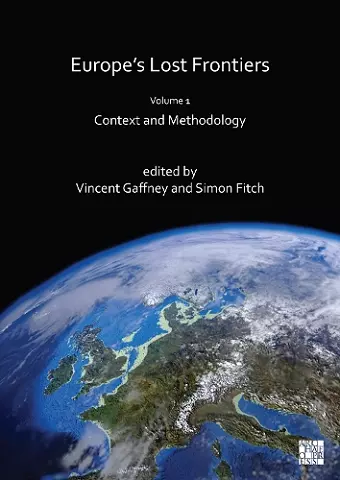Europe's Lost Frontiers
Volume 1: Context and Methodology
Vincent Gaffney editor Simon Fitch editor
Format:Paperback
Publisher:Archaeopress
Published:11th Aug '22
Should be back in stock very soon

This non-fiction paperback, "Europe's Lost Frontiers" from Vincent Gaffney & Simon Fitch, was published 11th August 2022 by Archaeopress.
ISBN: 9781803272689
Dimensions: 287mm x 206mm x 13mm
Weight: 885g
274 pages